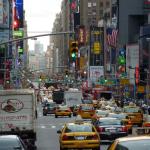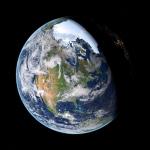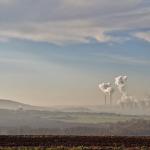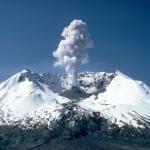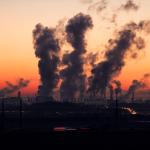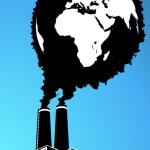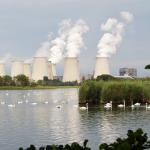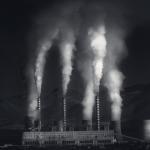As the Proposed National Ambient Air Quality Standards for Particulate Matter writes,
PM2.5
Biosphere
“Our Biosphere includes people and all other living organisms that we directly or indirectly interact with. The Biosphere is our common heritage that sustains human existence.”
While we all enjoy cleaner air and less airborne particulate matter is always better than more, public health policies must be based on demonstrated human health benefits.
There is good news. Globally, manmade GHGs are decreasing, perhaps not at the rate we might like to see, but dropping nonetheless. Now for some counterintuitive and bad news.
My name is Thom Golab, and I serve as president of the American Council on Science and Health. Particulate air pollution has been one of our topics of concern over the years.
Do you know or have you heard of anyone killed by air pollution?
Is there an International Classification of Disease Code for air pollution?
The EPA defines environmental injustice as a
“disproportionate share of negative consequences resulting from industrial, municipal, or commercial operations.”
The goal should be to establish evidence-based regulation understandable to the public, with clear accountability.
